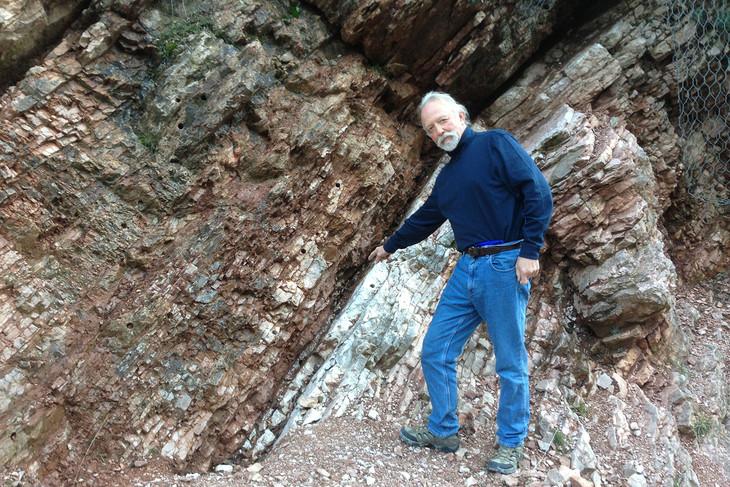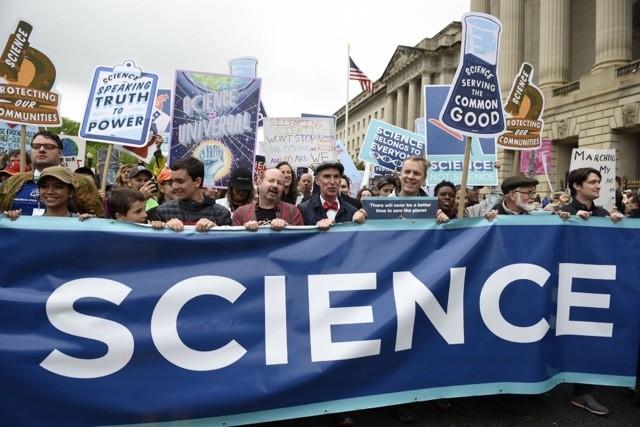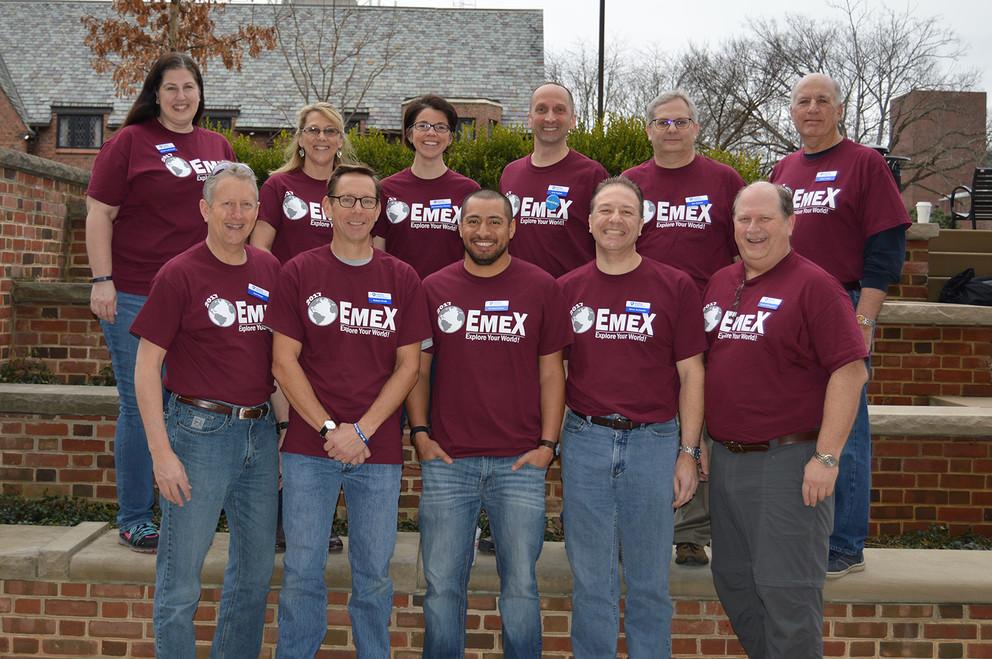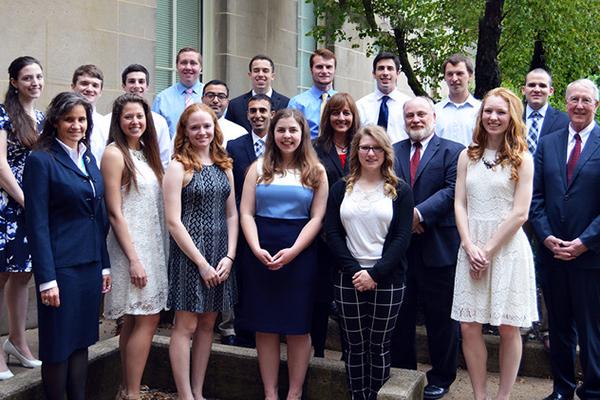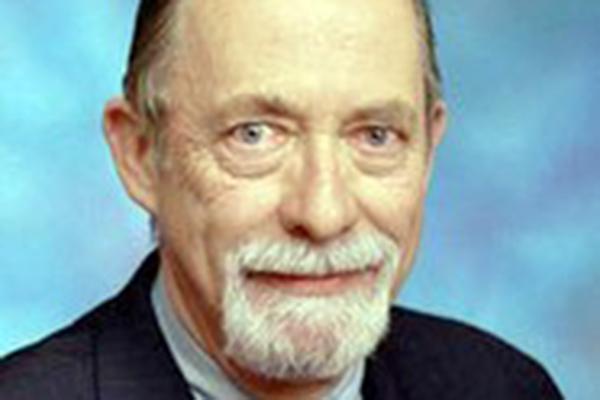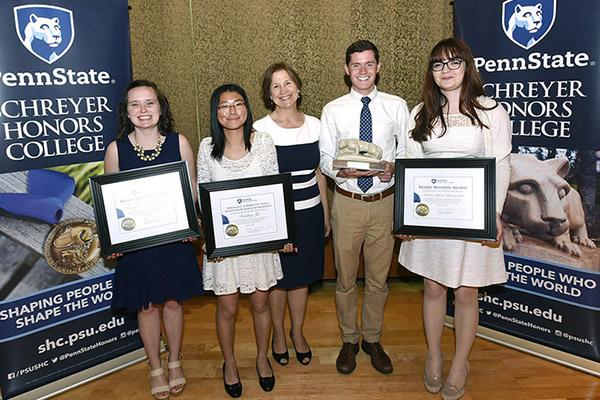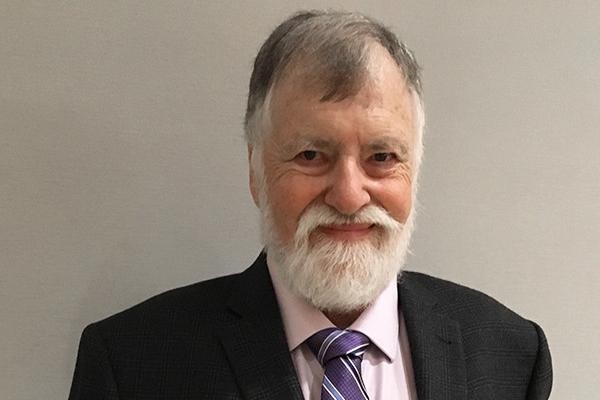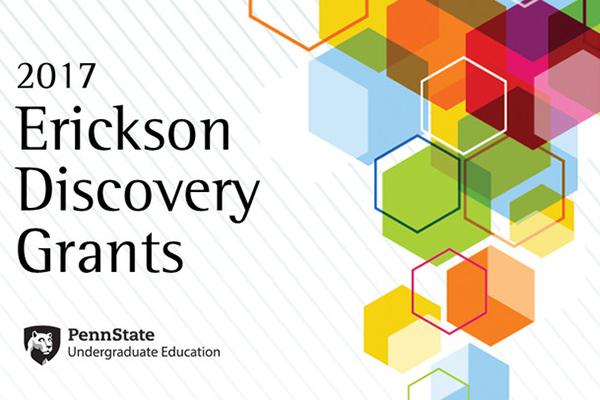Geoscientist Michael Arthur's four-decade career was highly collaborative and unconventional. He will retire on June 30, leaving behind a legacy as an innovative researcher and a champion for budding scientists.
More than 130 members of the Penn State and State College communities traveled to Washington, D.C., last month to take part in the March for Science, a nonpartisan event organized to rally support for science.
Alumni of the College of Earth and Mineral Sciences volunteer their time to benefit students in the college in the numerous ways, the newest of which is an alumni-student mentoring program.
Sixteen students were inducted as laureates of the Earth and Mineral Sciences Academy for Global Experience (EMSAGE), which honors a select number of students in Penn State's College of Earth and Mineral Sciences for their scholarship, service and global experiences.
Five longtime Penn State champions and benefactors — including John A. Dutton, professor emeritus of meteorology and dean emeritus of the Penn State College of Earth and Mineral Sciences — will be recognized by the Penn State Alumni Association and named honorary alumni.
In a commentary in the April issue of Nature Plants, Karl Zimmerer, professor of geography, argues that a comprehensive approach to protecting the human use of biodiversity of agricultural crops is vital to a sustainable food future that addresses global hunger, increasing populations and changing climate.
The Schreyer Honors College distributed four annual senior awards to Scholars at a reception in the HUB-Robeson Center's Alumni Hall.
A paper coauthored by Russell Graham, director of Penn State's College of Earth and Mineral Sciences’ Museum & Art Gallery and professor of geosciences, received the Cozzarelli Prize from the Proceedings of the National Academy of Sciences (PNAS). Each year, PNAS gives the award to the best published paper of outstanding scientific excellence and originality in the six broadly defined scientific areas of the National Academy of Sciences.
Army Capt. Andy Duhon balanced his coursework with his military service and family as he earned his master’s degree through Penn State World Campus.
Eighty-three students from across Penn State’s campuses will each be awarded a $3,500 Erickson Discovery Grant for summer 2017 through the Office of Undergraduate Education. The students will use the funds to immerse themselves in original research, scholarship, and creative work under the direct supervision of a faculty member.


